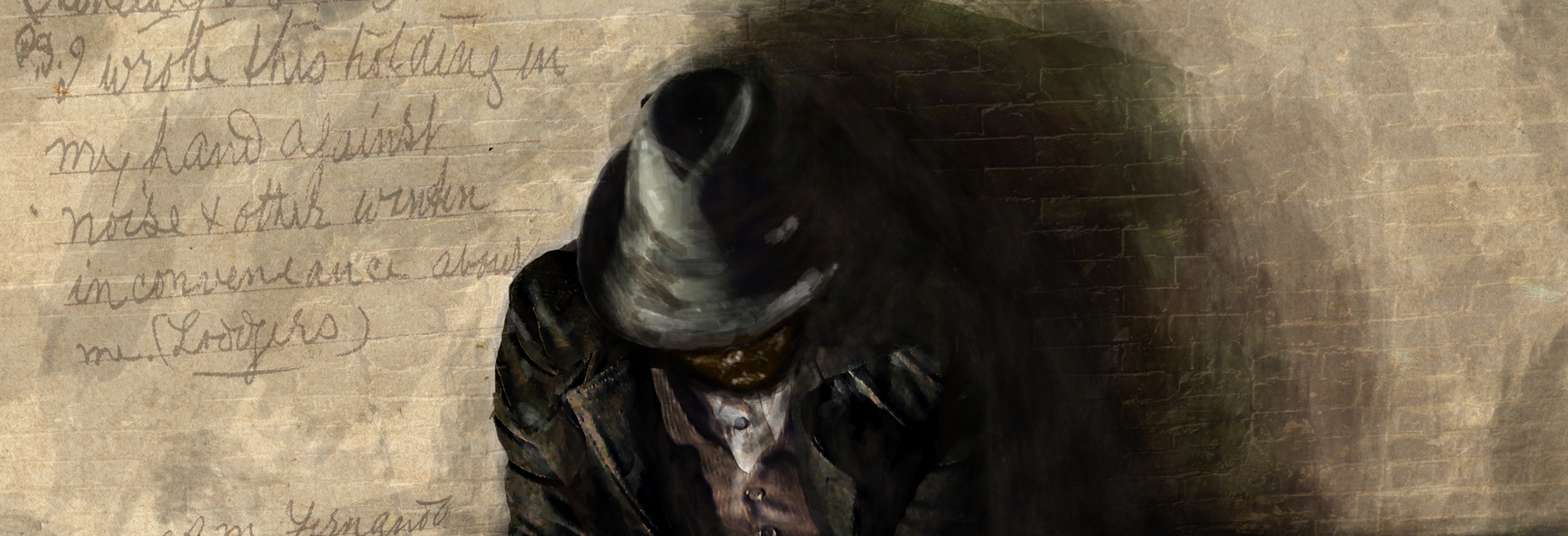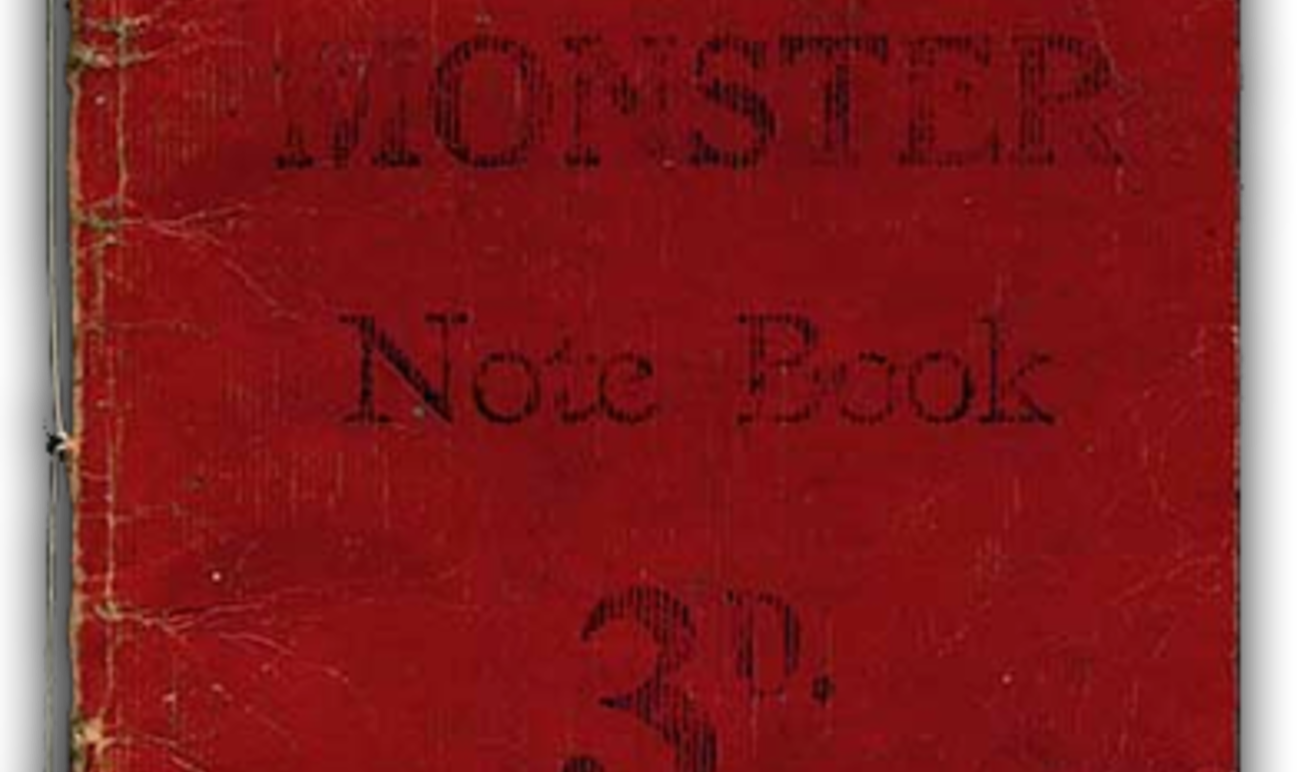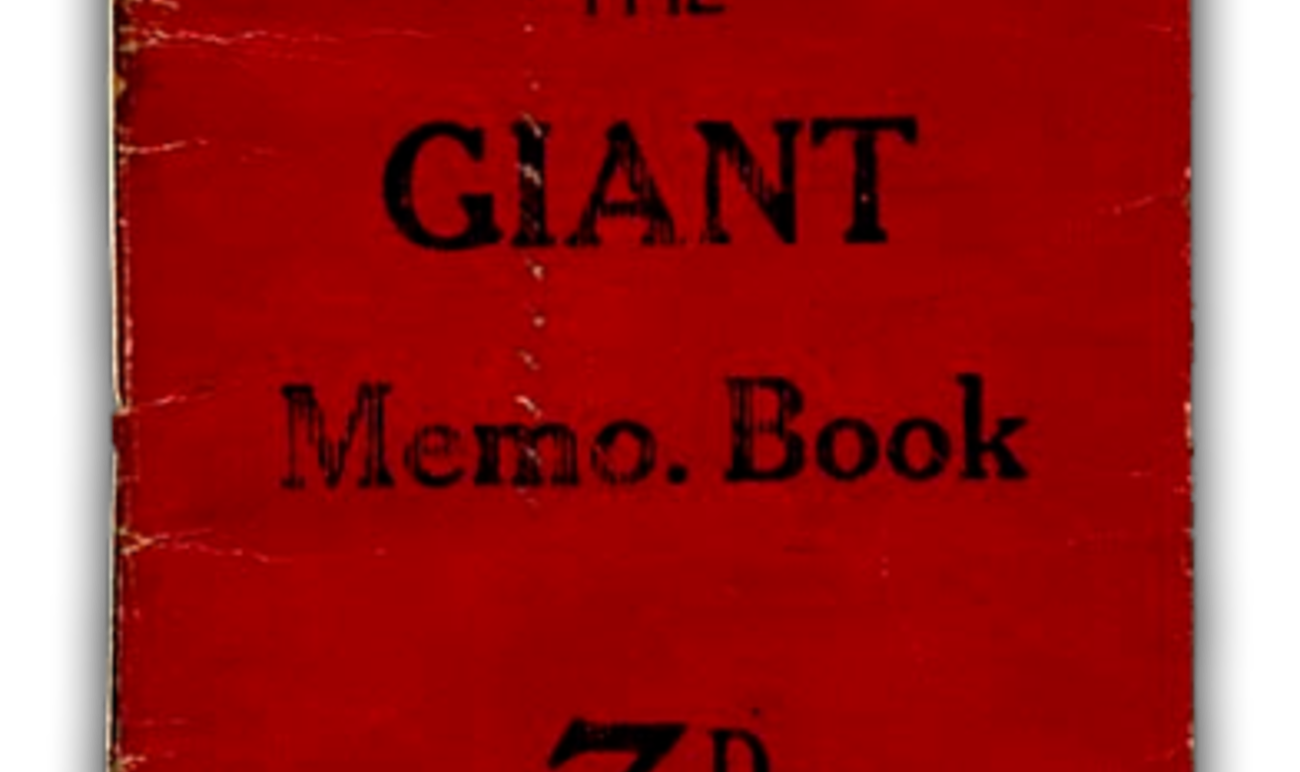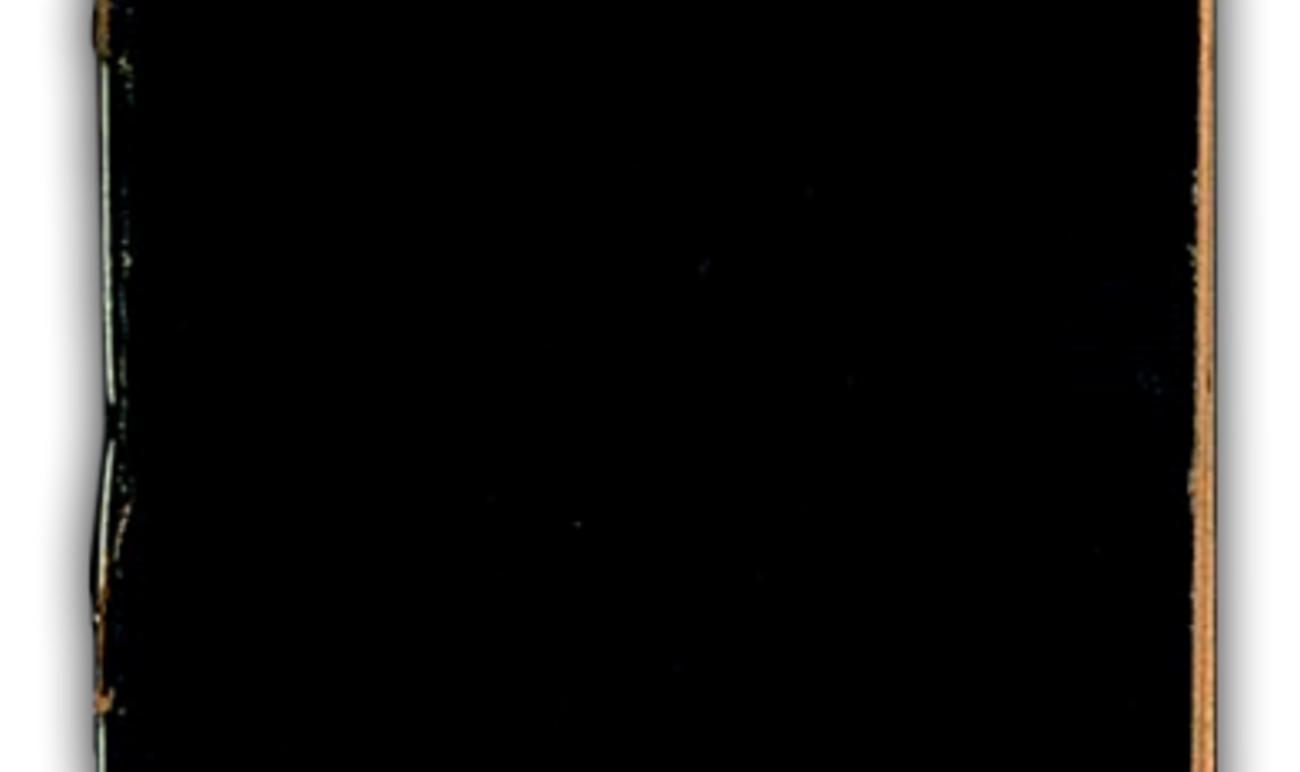In the late 1920s, a lone Australian Aboriginal man stood outside Australia House in London. Cloaked in tiny skeletons, Anthony Martin Fernando condemned the failure of British rule in his country.
Fernando’s story is one of courage and survival. He was an activist who took his protest to the international stage decades before other Aboriginal men and women. Travelling throughout Europe in the mid-1900s, Fernando embarked on very public campaigns to draw attention to the poor treatment of Aboriginal people in Australia. While his actions were sometimes reported in the media, he remained virtually unknown to most Australians throughout his life.
His life is somewhat of an enigma. It’s only since the publication of Fiona Paisley’s book, The Lone Protestor: A M Fernando in Australia and Europe that details of his life become clearer. Paisely’s meticulous archival research drew on official records, newspaper reports, correspondence and notebooks that Fernando kept in the late 1920s which are now housed in the AIATSIS Collection.
Who was AM Fernando?
There are no known photographs of Fernando and his birth name is a mystery. We know little about his early life except that he was born to an Aboriginal mother in Woolloomooloo, Sydney, on 6 April 1864. He records that his mother and father’s names were Mariano and Sarah Silva and that he was removed from his mother at an early age; throughout his life he would refer to her as his ‘guiding star’. No records of his birth or removal have been found.
We know that he gave himself the name Anthony Martin Fernando sometime before 1903 when he first appears in official records. From Peak Hill in Western Australia, Fernando writes to HC Prinsep, the Chief Protector of Western Australia to petition for mercy and justice for Aboriginal people. Earlier he had written to Prinsep about witnessing traumatic events carried out by the police at Peak Hill. This and his later letter are never acknowledged.
Fernando in Europe
Sometime after 1903 he travels to Europe and turns up again in the archives in 1913 living and working in Vienna. He later moves to Trieste where he is interned during the First World War before being moved to camps at Grossau and then Katzenau, in Austria.
At the end of the war, Fernando is issued with a British passport (which he would later use to travel throughout Europe) and given passage to London. In London he finds employment with Douglas Jones, a lawyer who would later intervene on his behalf.
The lone protestor
In June 1921 Fernando was in Bern, Switzerland and secured an interview with the progressive newspaper Der Bund. At their request, he submits an open letter to the Swiss people titled ‘A Call for Help from Australia’. In it, Fernando proposes that an independent international commission be given mandate over the Aboriginal reserves in Australia.
In 1925 Fernando mounts another protest in Rome outside the Vatican where he is arrested for handing out printed flyers protesting the treatment of Aboriginal people. He is eventually released after Douglas Jones intervenes, and he works his way back to London.
In 1928, Fernando takes his most well-known protest to Australia House in London. Covered in a cloak with small skeletons he parades the street protesting, ‘This is all that Australia has left of my people’.
He is arrested but no charges are laid. The Australian rector at the church on the Strand — opposite Australia House — wants him committed to a lunatic asylum, but again, Douglas Jones intervenes.
We know that Fernando was also a speaker in Hyde Park in London during 1929 and his appearances at Speakers Corner seem to have continued into the 1930s.
In 1938, Fernando is charged with assaulting a fellow lodger at the Salvation Army Hostel. The proceedings of the court case are reported in the English and Australian press. The Sydney Morning Herald (7 February 1938) states that he often spoke in Hyde Park about the wrongs inflicted on ’Australian and other natives’.
We hear nothing of Fernando for the next ten years until in June 1948 he writes to Douglas Jones from Claybury Hospital where he was admitted years before suffering from senile dementia. Six months later on 6 January 1949, Fernando passes away aged eighty-four. It is not known where he is buried.
His notebooks
While he probably kept notebooks throughout his life, it is his notebooks from 1929 — when Fernando was sixty-five – that we get a glimpse into his life in London. In these, he documents living as a street trader selling toys while living at the Salvation Army Hostel for men in the East End of London. His notebooks also reflect his views on the treatment of Aboriginal people in Australia.
Fernando’s notebooks contain very personal accounts that are both compelling and poignant. The East End of London, at the time Fernando was working as a street trader, was the home of many immigrants and the site of many different cultural blocs.
In the early twentieth century it was a poor area and the Jewish street traders resented the presence of a 'Black Man' in their midst. Fernando writes often that the locals, whether Jewish, Cockney or other, often harass him to 'go back home' and not to take away their business. It is clear from his writings that Fernando is frustrated with his inability to get good lodgings, his ill health, and the taunts he receives on the streets.
His notebooks also reflect his views on the treatment of Aboriginal people in Australia. They provide us with an insight into his perspective on racism and his vision for a reformed relationship between the colonial empire and colonised people in Australia and elsewhere.
Readers of these notebooks should be aware that:
The terms reflect the author’s attitudes or those of the period in which the notebooks were written and may be offensive to Aboriginal or Torres Strait Islander peoples, Jewish peoples, and others.
The views expressed in these notebooks are those of A. M. Fernando and are not the views of AIATSIS.




